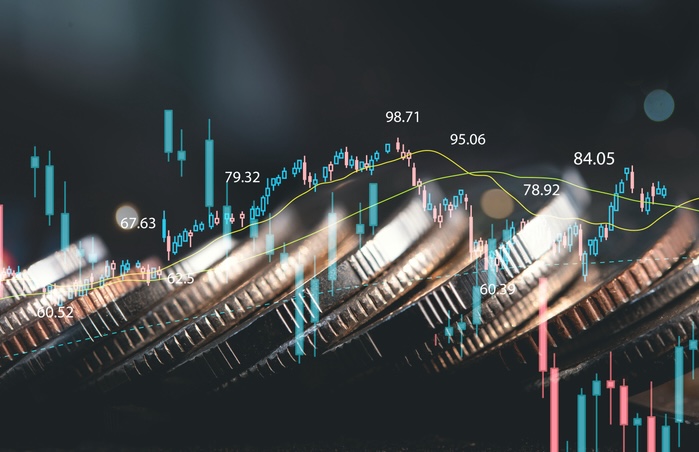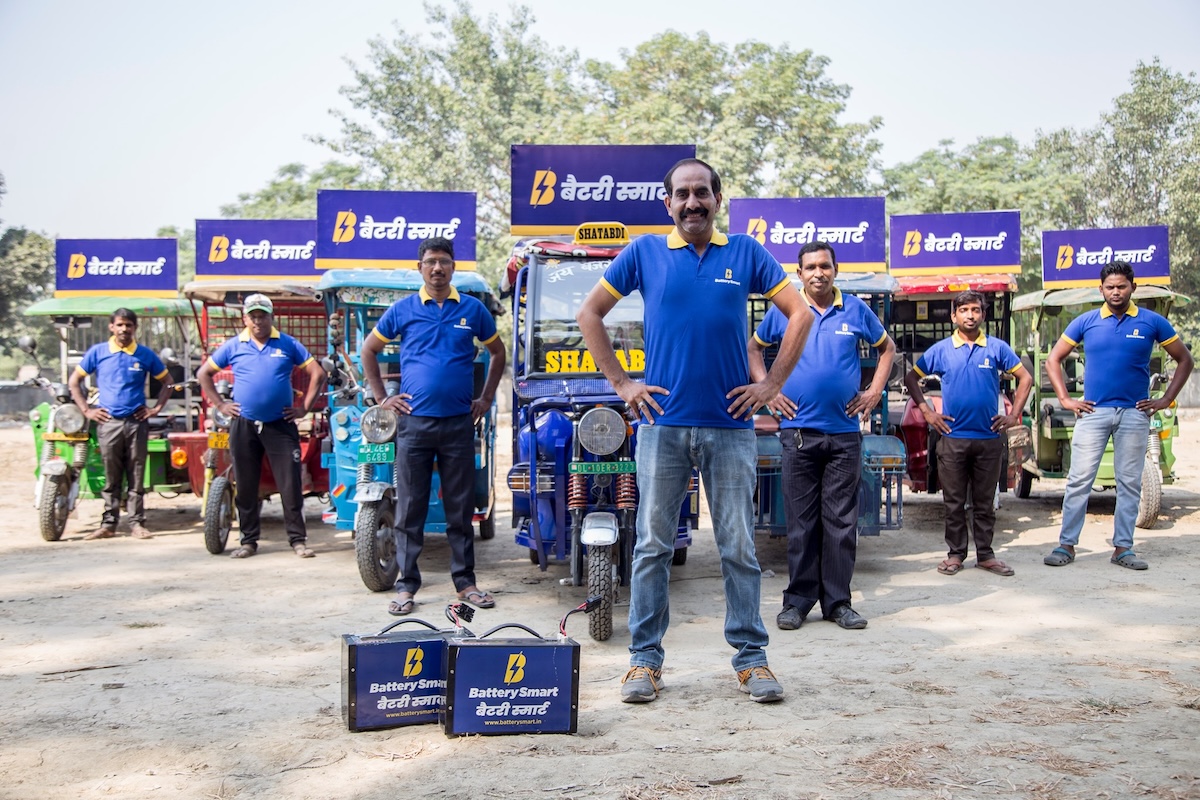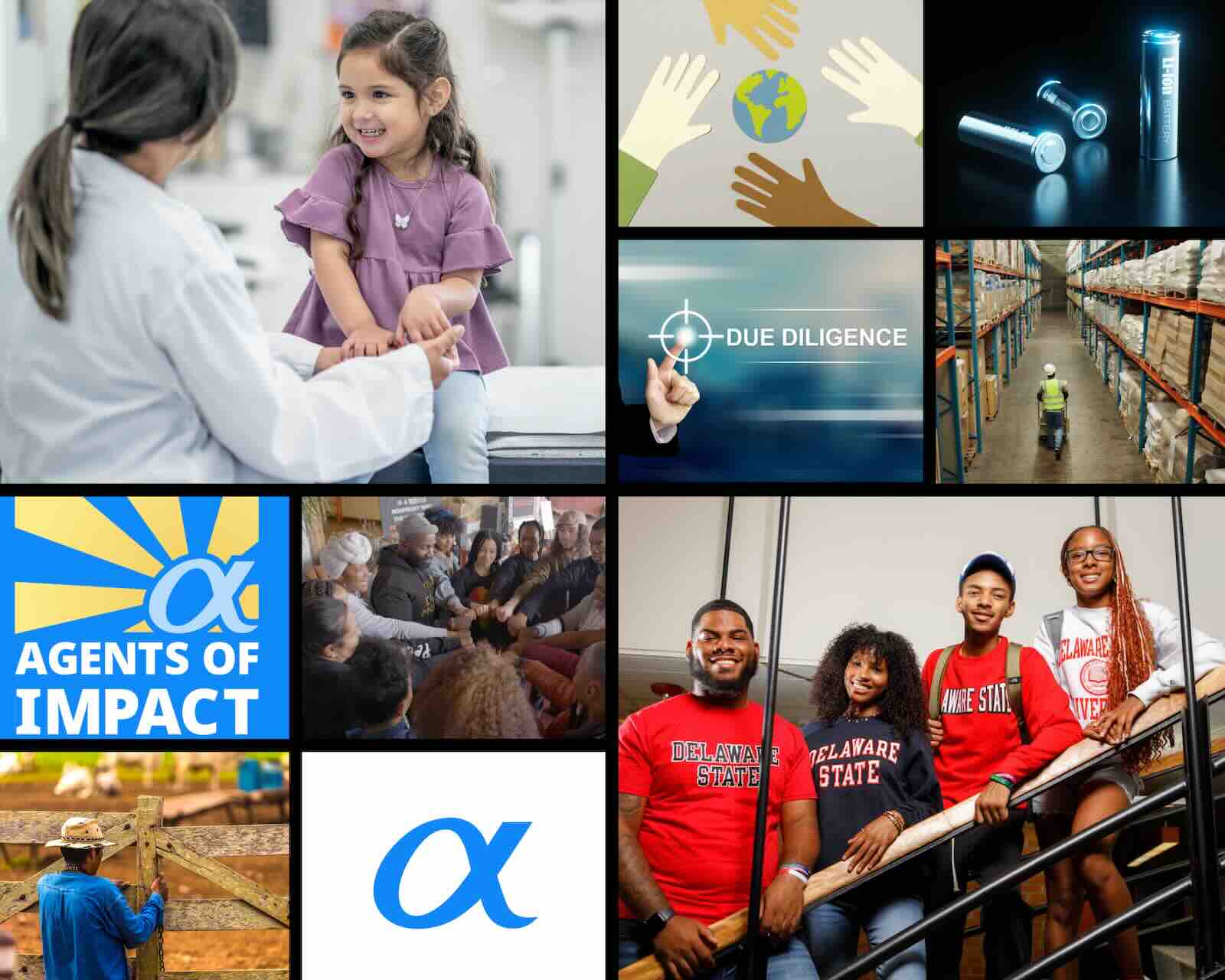The time for decisive action is now. This year marked an important milestone in Latin America and the Caribbean’s impact ecosystem. Multiple trends are converging in the region, including the advancement of innovative finance mechanisms, the positioning of the region as a hub for nature-based solutions, the integration of new actors and partnerships, and the increased use of data and artificial intelligence for mapping and influencing impact.
The momentum is palpable, setting the stage for significant strides toward achieving the Sustainable Development Goals and addressing key environmental challenges.
Biodiversity. Events such as the 16th Conference of the Parties to the Convention on Biological Diversity, known as COP16, held in Colombia between October 21 and November 1, highlighted the region’s pivotal role in biodiversity conservation. The conference brought together global representatives from the public, private, and civil society sectors to discuss and make decisions regarding biodiversity protection.
Among the key outcomes were:
- The expanded recognition of Indigenous Peoples and Local Communities in saving biodiversity,
- The launch of the ‘Cali Fund’ for Digital Sequencing Information from genetic resources, and
- A renewed commitment to mainstreaming biodiversity across key sectors.
These conversations underscored the region’s unique position as a biodiversity powerhouse, paving the way for green solutions that prevent biodiversity loss.
Blended finance. Additionally, 2024 saw the increasing use of innovative financial mechanisms, such as blended finance, which are crucial to scaling up impact across Latin America and the Caribbean. The region now ranks second globally in terms of blended finance transactions after Sub-Saharan Africa. Moreover, climate-focused blended finance deals grew by 14% between 2018-2020 and 2021-2023, reinforcing LAC’s role as a burgeoning hub for nature-based solutions.
Blended finance is being used in various contexts, such as structuring blue economy deals, biodiversity funds, and sustainability-linked bonds, which are essential for advancing the region’s green growth agenda.
New entrants. Another significant trend is the integration of new actors and partnerships. More diverse stakeholders are entering the impact ecosystem, attracted by the region’s growing potential. Development agencies, development banks, fund managers, corporations, and local and national governments are increasingly showing interest in part of the conversation, alongside traditional players like foundations and NGOs, who are also seeing the impact of the investment market with interest in investing in. This broadening of the stakeholder base is crucial to closing the SDGs financing gap in the region, and the strategic collaboration of these entities promises to accelerate progress toward shared goals.
Artificial intelligence. Furthermore, the use of data and AI has become central to the region’s ability to map and influence impact effectively. As more actors and resources are mobilized, leveraging data and AI will be key to enhancing decision-making, improving resource allocation, and maximizing the effectiveness of interventions. These technologies enable more precise monitoring of impact and provide valuable insights into how interventions can be optimized for greater systemic change.
Going deeper: Six trends that will shape the impact ecosystem in 2025
Looking ahead to 2025, the following six trends will be crucial in shaping the impact ecosystem in Latin America and the Caribbean:
1. Blended finance in bringing capital off the sidelines. Blended finance and other creative financing models will continue to evolve in LAC, enabling greater mobilization of capital for environmental and social causes and also engaging new actors, particularly public actors, to invest in this impact market. With international funding often falling short of the region’s needs, these innovative blended finance mechanisms are becoming increasingly vital. They help channel investments into both NbS and social enterprises that contribute to achieving the SDGs, facilitating the integration of private sector capital with public development goals.
2. Latin America is a hub for nature-based solutions. As the global demand for climate resilience strategies rises, LAC’s diverse ecosystems and unique biodiversity make it an ideal region for implementing nature-based solutions. From reforestation and conservation of mangroves to sustainable agriculture practices and green infrastructure, the region is poised to become a global leader in NbS. These solutions protect biodiversity and contribute to climate mitigation and adaptation efforts, presenting a win-win for both the environment and local communities.
In addition, Brazil will be the host country of the COP30 in 2025, which will provide a unique opportunity for the region to leverage its voice. Latin America “contributes one-sixth of the world’s food production, contains roughly 40% of the world’s biodiversity, and hosts almost half of the world’s forests. As much as 60% of electricity is already powered by renewable energy.”
3. New entrants are seizing the impact opportunity. The future of LAC’s impact ecosystem will see an influx of new stakeholders, including multinational corporations, international development organizations, and local governments. As the region’s importance grows, so does its appeal for diverse players looking to engage with a rapidly expanding impact economy. Their involvement of other institutional stakeholders, such as insurance companies and pension funds, will be critical in unlocking new financing models, partnerships, and innovation to drive lasting change.
4. AI is accelerating impact. Data and AI are revolutionizing the impact landscape in LAC, making it possible to track progress, predict outcomes, and optimize interventions. These tools allow for better decision-making, ensuring that impact investments are effective and efficient. As the region continues to embrace digital transformation, the application of AI in environmental monitoring, social impact analysis, and financial management will be key to scaling up positive change.
5. Migrant-lens investing comes into focus. President Trump’s strict immigration policies, including increased deportations and enhanced border security, are expected to increase the deportations of Latin American nationals from the US. This could disrupt the flow of remittances, critical for household stability in Latin America and often cover essential needs like food, healthcare, and education.
Furthermore, an influx of returnees could create challenges for communities needing more resources to support their reintegration, leading to unemployment, strained local resources, and social tensions, especially in economically fragile areas. Given these challenges, impact funding must become more targeted and strategic in allocating resources, strengthening collective actions, and prioritizing areas where the needs are greatest and where funds can drive the most impact. This specificity is essential to counterbalance policy changes’ disruptions and address evolving regional needs with precision and resilience.
6. Local funds will drive local innovation. With conflict in Europe and an incoming US administration turning inward, international funds flows to Latin America will likely be constrained. That will create an opportunity for impact investors in Latin America to innovate, invest in solutions that resonate with local realities, and to unleash a new wave of locally driven ideas and projects.
As Latin America and the Caribbean continue to evolve into a global leader in sustainable development, 2025 will be a year of opportunity and transformation. With innovative financial mechanisms, a growing focus on nature-based solutions, and the increasing integration of diverse stakeholders, the region is well-positioned to make significant strides in advancing the SDGs.
However, challenges remain. Closing the SDG financing gap, fostering inclusive growth, and ensuring that nature-based solutions are scaled up across the region will require continued collaboration, investment, and commitment from all sectors.
The impact ecosystem in Latin America and the Caribbean is at a critical juncture, and the trends identified here represent key levers for driving the region toward a more sustainable, resilient, and equitable future.
If the momentum built in 2024 continues into 2025, Latin America can fulfill its potential as a global hub for impact, pioneering solutions that not only benefit the region but also set a blueprint for the rest of the world.
Carolina Suárez is the CEO of Latimpacto.












